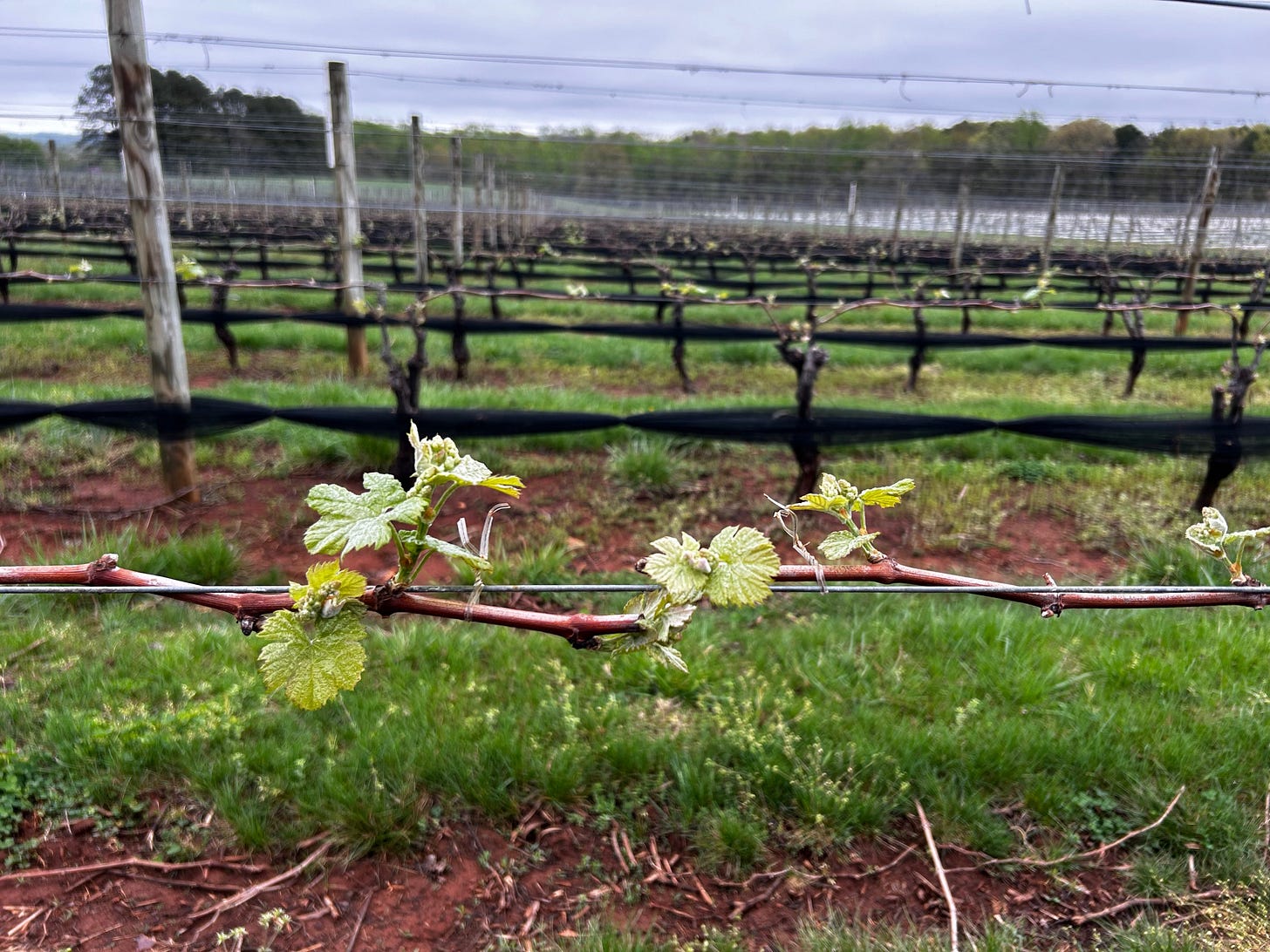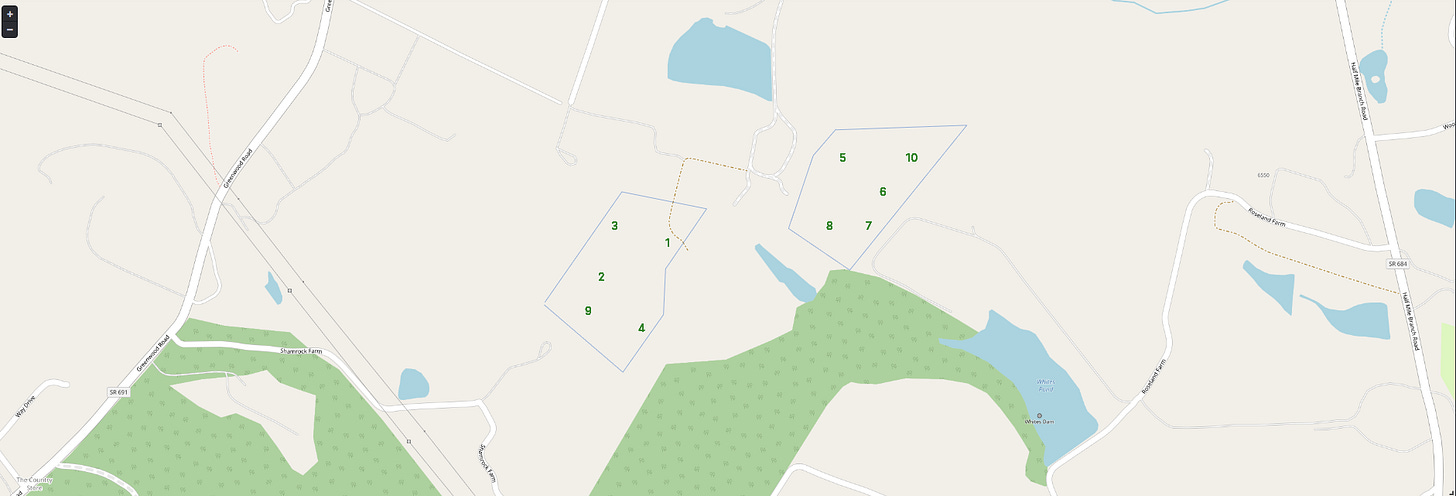At the risk of mixing metaphors, my thesis in this article is that when it comes to viticulture, seeing the trees is more important than seeing the forest…
Using temperature and humidity sensors in vineyards is becoming a well-established practice. They provide valuable data for precision viticulture that help farmers monitor and optimize growing conditions. Up until a few years ago, deploying multiple sensors in a vineyard was quite costly and complicated. Mainly because the communication technology to backhaul the data required specialized equipment. However, with ubiquitous access to WiFi and LoRa communication technology, the cost per sensor has dramatically dropped, enabling better applications for viticulture management.
One practical application of sensors, especially in Central Virginia this time of the year, is frost mitigation. Frost is particularly damaging to grapevines during bud break. This is when the young tissue is most vulnerable. Temperature sensors deployed throughout a vineyard can alert farmers to frost risk zones, allowing for targeted protection measures. Since vineyards often have varied terrain with different sun exposure, elevation, and airflow, utilizing multiple sensors enables farmers to map, visualize, and understand microclimates accurately. For a great example of a frost mitigation technique, click this link for a recent article on using anti-frost candles to protect the buds.
[ one weather station] [multiple temperature sensors]With the sensors in place early this year at Fidelis Farm, I witnessed first-hand one of the risks of growing grapes in central Virginia. A few days ago, the temperature in Crozet, VA, plummeted below freezing. As a farmer, which graph is most helpful? The first part describes a vineyard block as a whole (the forest) using one trend line, which doesn’t show the different microclimates. The second part provides details about these microclimates within the vineyard block (the trees). Each line represents different zones within the block, with some sensors showing temperatures that differ by up to 4 degrees from the central weather station. While 4 degrees might not seem like much, this insight can significantly help reduce the risk of losing all of the crop. The geolocation of each sensor made it easy to identify the colder zones in the vineyard.
[ numbered sensors with geolocation]To facilitate sensible frost mitigation, it seems that one weather sensor per vineyard block is not enough. It is better to have at least one sensor per acre. For next year, I am tempted to attach a strobe light to each sensor. This way, when the temperature drops below freezing, it triggers the strobe light to alert the farmers where to concentrate their efforts. Wouldn’t that be cool?
As always, all the VineIQ code is open source. Feel free to clone it:







